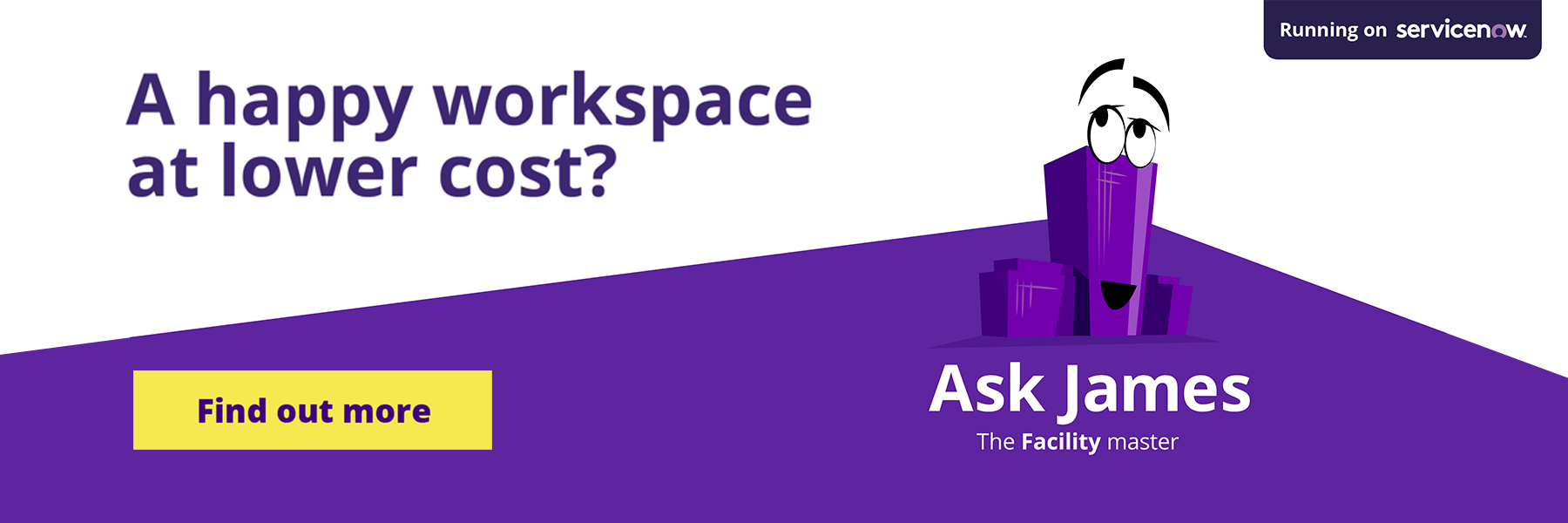As the effects of COVID reshape the business world as we’ve known it, the changes require a proactive FM response. Here, we explore effectively responding to the move into remote working, slicing costs without skimping on efficacy and revolutionising your Facility Management with highly efficient pay-per-use models. We’ll discuss socially distanced re-boarding, as well as building a compelling business case to bring the decision-makers on board with the downsizing you’ll soon oversee.
The underlying factor tying all this together? Data insights that show you how, when and why your employees will use the office in the new normal. Manage needs, reduce costs and make your case for the flexibility your employees demand.
On-demand FM: making remote work for you
Pre-COVID, many businesses aspired to owning or leasing entire office buildings, for a host of reasons. There were 100s, if not 1000s, of worker bees to house, shared office space helped craft a company culture and soaring multi-storeys oozed wealth and status.
As we know, those parameters have shifted - radically, and likely forever. The basics of social distancing mean traditional office space is largely defunct, with occupancy rates set to drop to 50% of pre-pandemic usage.
Now, flexible office space is the new priority. Office space that can house essential face-to-face encounters on demand, while the rest of the cogs turn remotely. The logic is clear, but it’s far from being reflected in FM on the ground.
Are you overpaying for FM?
While office space usage halved in 2020 compared to 2019, average FM costs are expected to drop only 2% compared to the previous year.
Why? FM spend is still hopelessly inflexible, as it’s rooted in fixed service contracts. Cast your mind over your security, catering and cleaning providers. Is the type, frequency and intensity of the services you pay for based on your business’ actual needs, or the providers’ standard contracts?
If you’re not basing your FM on real-time insights, you’re likely overpaying for generic service packages. If you’re relying on your suppliers’ service reports, you could also be suffering from the watermelon effect: suppliers report in the green, when their actual service provision is in the red. You wouldn’t know, as you’re not in charge of your data insights – your suppliers are.
Accurate, real-time occupancy and usage data is the tool you need to move beyond those Stone Age set parameters, cutting your FM costs while delivering more intelligent, nuanced and effective results.
Think like a hotel: adopt a pay-per-use FM strategy
With the C-Suite pressuring you to generate improved employee experiences and intensified flexibility in less space, at a lower cost, adopting a hotel mindset is a useful hack.
Going forward, some days, weeks and months will see more people in your downsized office space, countered by quieter periods. To ensure your FM can move with these ebbs and flows, a pay-per-use strategy is your best bet. That way, you’ll still dial into your employees’ every need, but only based on who’s actually in the office, at the time they’re there. No vagueness, no estimates - just insight.
For hotels, along with the rest of the HORECA sector, dealing with peak and off seasons is a simple fact of life. Adapting week to week reduces FM costs across the board, efficiently scaling up from a basic level of services only when required. Once you’ve gathered the data you need to outline a pay-per-use approach to your future FM, identify suppliers who are pivoting to meet these same demands for flux and agility in office spaces.
Time to reconfigure the FM camel
Yes, you read that right. Research shows that office usage tends to surge on Tuesdays and Thursdays, creating a two-humped weekly pattern. It’s up to Facility Managers to flatten those curves, leveraging data insights to re-board employees into an evenly distributed, socially distanced new normal.
As employees tentatively return to office spaces, social distancing will also knock them out of their daily sync. No more rush hour influxes and outfluxes, no more communal lunch hours. Instead, an integrated, data-driven approach to FM will allow you to flexibly offer your facilities on demand.
With the ability to automatically block out workspace availability for certain users or departments at set days and times, you can ensure you’re distributing facilities safely and fairly. Monitoring real-time capacity will ensure no space is overbooked. Simultaneously, under-usage can be avoided with employees easily making last-minute reservations remotely, before heading into the office. With the right interface for your data points, all that will become an actionable reality.
Building the business case for your pay-per-use FM
In FM, the constant drive to cut costs is old news. Now, though, the balance has tilted. There’s a major office downsizing trend at play, with remote working proving highly productive for many employees and the logic behind social distancing set to echo on.
It’ll be up for Facility Managers to build a strong business case for controlled downsizing, backed up by data on employees’ actual needs, usage and preferences at each step of the way.
If you’re currently gathering data to inform your FM approach, it’s likely sourced from a web of legacy tools and interfaces. An integrated, easy-to-use, one-stop interface that gathers, organises and analyses all your FM data into actionable outcomes would transform your FM reality. Far from scrambling to oversee outdated fixed contracts that shred your budget, you’ll be introducing predictive, cost-cutting and popular changes that launch your business into post-pandemic productivity.
Intuitive FM, on demand
While we’re all still facing multiple unknowns, it’s clear the recent shifts we’ve experienced in work culture are here to stay. The future of FM lies in on-demand flexibility. All you need are the data insights to get you there.
Is your FM ready for the future of work? Head to our quick checklist to see how you score on the data-centric fundamentals of modern FM.




![Workplace-Header-2048-x-1032-wit[12] Workplace-Header-2048-x-1032-wit[12]](https://dxcservicenowbusinessgroup.com/hs-fs/hubfs/Workplace-Header-2048-x-1032-wit%5B12%5D.webp?width=1946&height=272&name=Workplace-Header-2048-x-1032-wit%5B12%5D.webp)